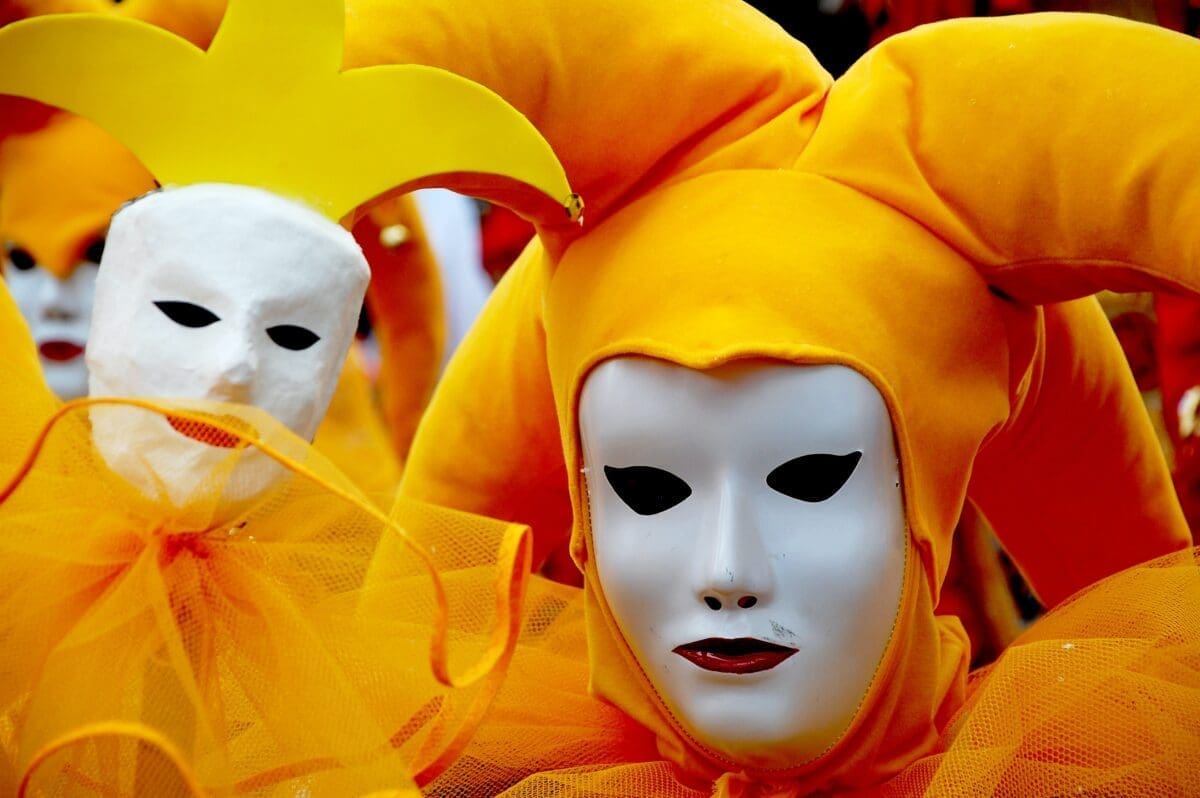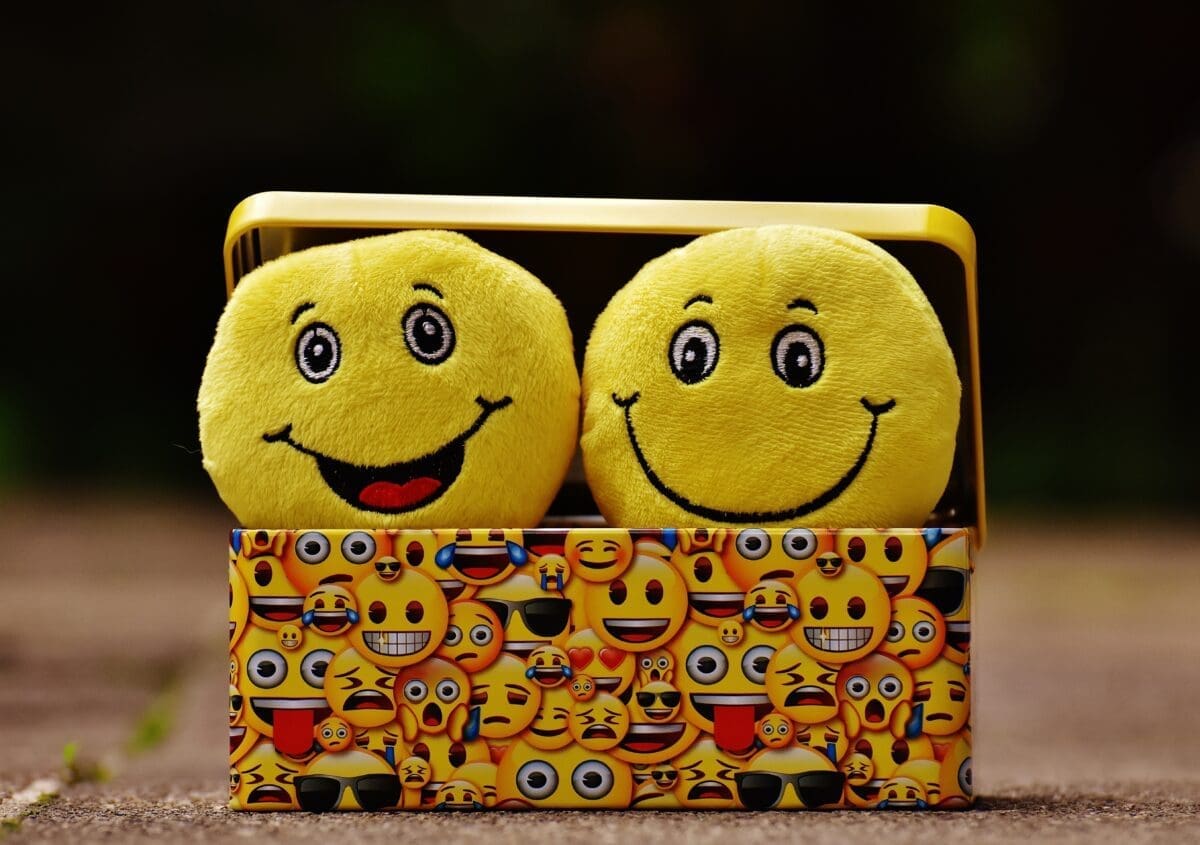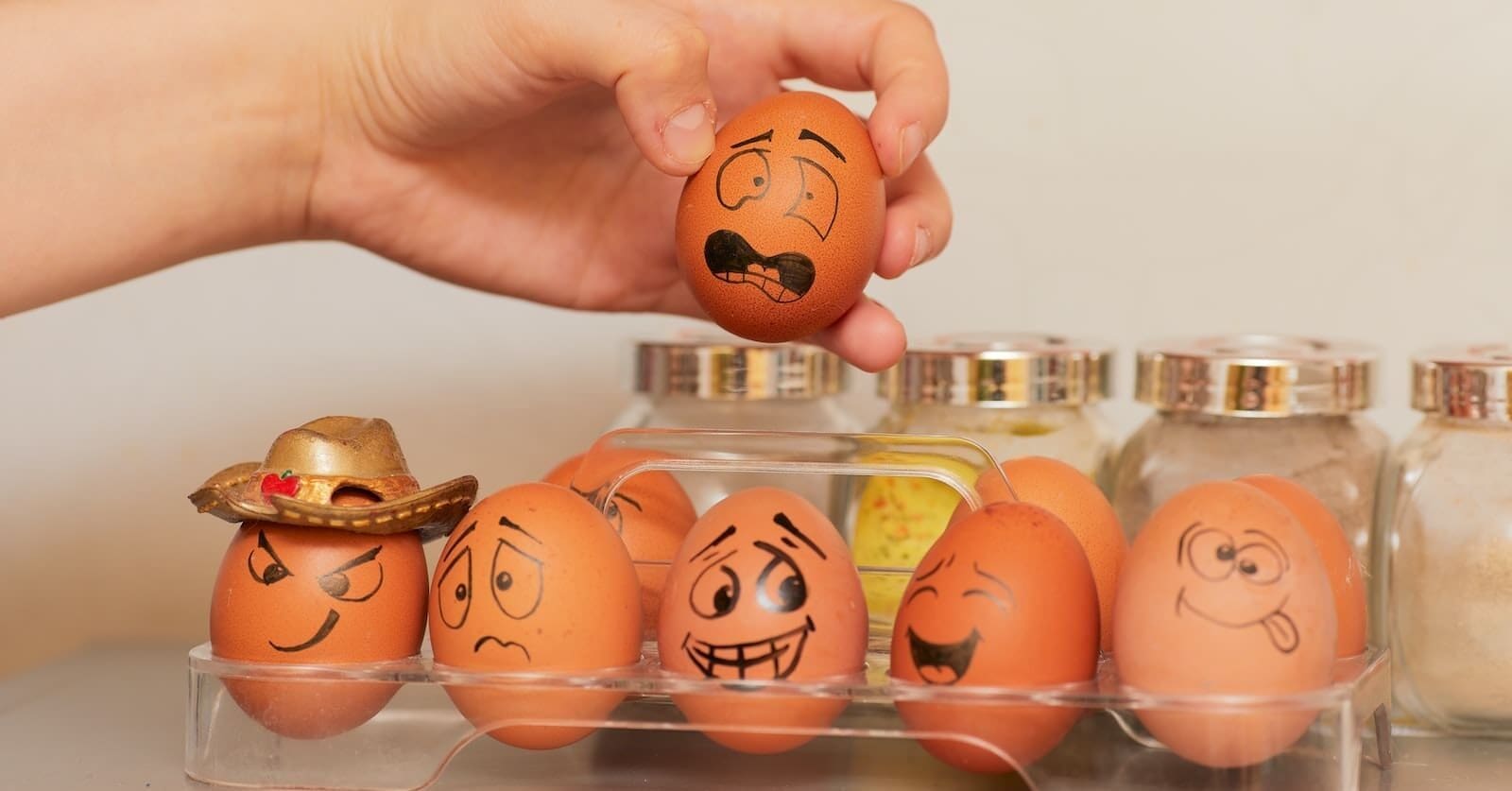The importance of an archetype for a brand cannot be undermined. However, designing one is not easy. It is more a work of an art than science. It involves storytelling. Further, crafting a pattern that humans across cultures, regions and traditions can relate to. It is a tool that helps marketers mediate between individuals from various cultural backgrounds. This is the next blog in the series of defining the various archetypes and their purpose. Let us delve into the world of a Jester!
Does your company focus on generating fun and carefree moments? Does your brand promote happiness, play, and being in the moment? Does it view the world as its playground and life as a game? Does it encourage customers to embrace their inner child? Does your company employ humour to ease tense circumstances?
Your brand might be best exemplified by the Jester archetype if you have answered yes to most of the questions above. Before moving ahead, if you need to revisit the overall brand framework, read our article ‘Brand Archetypes- What are they and how are they useful?’
Meet the Jester Archetype

Also known by the names of clown, comic and trickster, the jester is associated with humour. But it can also define its comedy. Some Jesters are hilarious by mistake. But majority consciously select humour as a means of expression.
This archetypal personality thrives on making overly serious events more amusing. Since they cannot endure awkward silences! It encourages its consumers to join them in living in the present. The jester exudes unbridled confidence. They live without inhibition. Just like Carl Jung’s personality type, this branding is also not scared to stand out. Moreover, it is known to break the law to further their argument.
A Jester brand archetype is not concerned with finding a solution. The outcome does not usually matter to the jester. Further, they occasionally play the role of the devil to spice things up.
Rarely do we discover much about a Jester’s past or personal life. The Jester does not dwell on the past or make plans. Instead, they can think creatively and outside the box. Jesters are experts in conceptualising and rephrasing ideas. Therefore, offering fresh viewpoints.
Strengths
A jester’s branding emphasises outward humour. However, their capacity for original thought sets them apart from others. Their actual talent lies in building perspective and a unique outlook on life. The jester is amusing, to be sure. But what they offer to the table are notions that can be reframed.
Watchouts
Every jester loves to be admired. But, sometimes a Jester becomes a little too fixated on seeking praise. However, remember that just because someone is not constantly complimenting, does not mean they are not thinking about it. Indecisiveness is another watchout for a Jester brand. Imagine giving a kid a choice between a large vanilla or chocolate ice cream. They must pick just one. But, they hesitate so long that both ice creams melt in front of them. Because they are afraid of picking the wrong one. Jesters can get into problems if they suffer from FOMO!
How to apply the Jester archetype?

Jester businesses are typically good at producing innovative ideas. Also, thinking freely and overcoming challenges in clever ways. Further, they know how to have fun while working. Regular advertisements are highly dull to Jester consumers. They like anything unexpected, strange, or humorous. If you want to establish a connection with your audience, based on emotion or fun, then the Jester traits can help you make that connection. Here are some tips to get you started with creating your Jester archetype.
Imagery and Visuals
As a brand, the Jester has the power to attract attention right away. For instance, with surprising sounds, eye-catching scenery, and funny voices. They are not scared to break laws or express themselves in an offensive way. It uses colours and images to stand out. Bright colours and action to represent high energy, for instance.
Marketing
As individuals, we are most attracted by something strange but relatable. Quick humour and clever takes on common scenarios are what make the Jester the most likeable. Being untypical is one of the greatest strengths of the Jester branding. Their marketing is, therefore, over-the-top and shows a lot of energy.
Colours
Jester brands use colours and images that stand out. It uses vibrant colours such as orange, red and yellow. These represent the inherent happiness and passion of the brand. Orange brings out friendliness, boldness, courage, happiness and enthusiasm. Red represents love, power, boldness, energy, strength and speed. Yellow represents happiness, warmth, optimism and enlightenment.
However, if the solutions your company offers involve a degree of seriousness, you must use the Jester archetype with caution. In situations such as these, most individuals will look for safety and trust. However, these are not a strength of the Jester archetype. A successful jester can take a serious topic and make it humorous. Therefore, making it more acceptable among audience.
Industries and Categories of Jester Archetype
Jester businesses are typically good at producing innovative ideas. They think freely, overcome challenges in clever ways, and have fun while working. Regular advertisements are highly dull to Jester consumers. Because, they like anything unexpected, strange, or humorous. If you want to establish a connection with your audience, based on fun, then the Jester traits can help you. Here are some tips to get you started.
The most prosperous jesters have been found to reside in the restaurant. Even in insurance industries. Companies with the most uninteresting products can change their image and become captivating.
Typical Jester industries include:
- Entertainment
- Men’s Care
- Alcohol
- Confectionery
- Play / Impulse Products
- Confectionary
- Child Entertainment
- Beer Brands
- Professional Services
The Jester Archetype in Action: An Indian Case Study

Frooti
Frooti, the mango-flavoured drink by Parle Agro, is an apt example. It showcases a Jester archetype’s style and design in the Indian context. The brand started its journey from “Mango Frooti, Fresh and juicy”. It continued to rope in innovative ideas with a new logo, font and shape. Moreover, it changed it packaging design & tagline “The Frooti Life” over time to attract the Indian customer.
Brand Design
The main idea was to persuade customers to pick this mango drink made from fresh and juicy mangoes. The name ‘Frooti’ is important and emotionally connects with the Indian audience. Initially, the brand’s packaging was painted in its unique yellow color. But has been changed over time to meet the evolving customer preferences.
Further, the company identified children as one of its target markets. They concentrated on giving them their favourite drink in easy on-the-go packaging. They gradually introduced the local gimmick. This allowed a straw to be quickly punched for consuming the beverage while catching a bus or train. It has always tried to market its goods as a healthy substitute for soda. However, has maintained its fun, frolicky side. It was initially marketed as a beverage for youngsters. It was also advertised as a Vitamin C alternative for mothers.
Advertisements
The first commercial advertisement was filmed in the early 1980s. A few lovely women in miniskirts leap into the Frooti pool in the movie. They are seen contributing to restoring the drink’s cooling effect. The company adopted the “Why Grow Up” theme to exemplify the core desire to live in the moment. Mango Emotions were known as Mangoticons at the time, and the logo had been updated with a more modern design.
The company has modified its time-honoured formula. However, updated it for the internet era as well, while maintaining the same colours and messaging. It retained the yellow theme for its social media. But soon added green and purple and merged them throughout all its images. It hardly ever utilised the product’s bottles to emphasise that it is manufactured with fresh mangos. Instead, they publish images of mangos.
To promote its brand on Twitter and other social media, Frooti introduced several taglines. “JuiceUp,” “SRKLovesFrooti,” and “FrootiLife“, for instance. It choose young ambassadors like Alia Bhatt to market its new brand extension product i.e. Frooti Fizz. Additionally, it gives away free samples to schoolchildren and support events for special days.
Is your brand a Jester archetype?

Figuring out your archetype needs to be a careful task. Here are some questions which might help you.
1. Is our solution associated with happy or fun times?
Jesters are cunning and intelligent. They just love making people laugh. Due to the belief that you must “manage a serious business,” jesters frequently attempt to suppress this aspect of their personalities. But what works for a jester is to be the silly sausage. Because, humour is their greatest asset. If you choose joy, it will feel like a breath of fresh air and will draw your audiences.
2. The creator is your secondary archetype
Jester and Creator brands typically go hand in hand. Jesters that also have a secondary Creator archetype are enthusiastic. They enjoy participating in and creating things. You are a Jester/Creator if you frequently receive invitations to events. Maybe because you “make things enjoyable”. Alternatively, if your friends frequently ask you to join them because you “are good at everyone involved.” Creativity and fun are what makes your brand everyone’s favourite.
3. You are not a flake
One significant disadvantage of being a Jester is that people do not take you seriously. Since, you constantly make jokes or lighten up serious circumstances. Most of the time, this will just be audience who are unfamiliar with your brand. Here is a little formula that could be useful. Follow it when communicating online. Educative, entertaining, and informative sentences. Follow that formula whenever you write something. And you will never have to worry about someone taking you lightly.
Is it annoying or cute? Silly or sad? Is it just funny or a bit sad too? The Jester archetype allows for a lot of creativity. Their role is to both tell the truth and bring laughter. Plus, you get to decide who they are.





Social Media